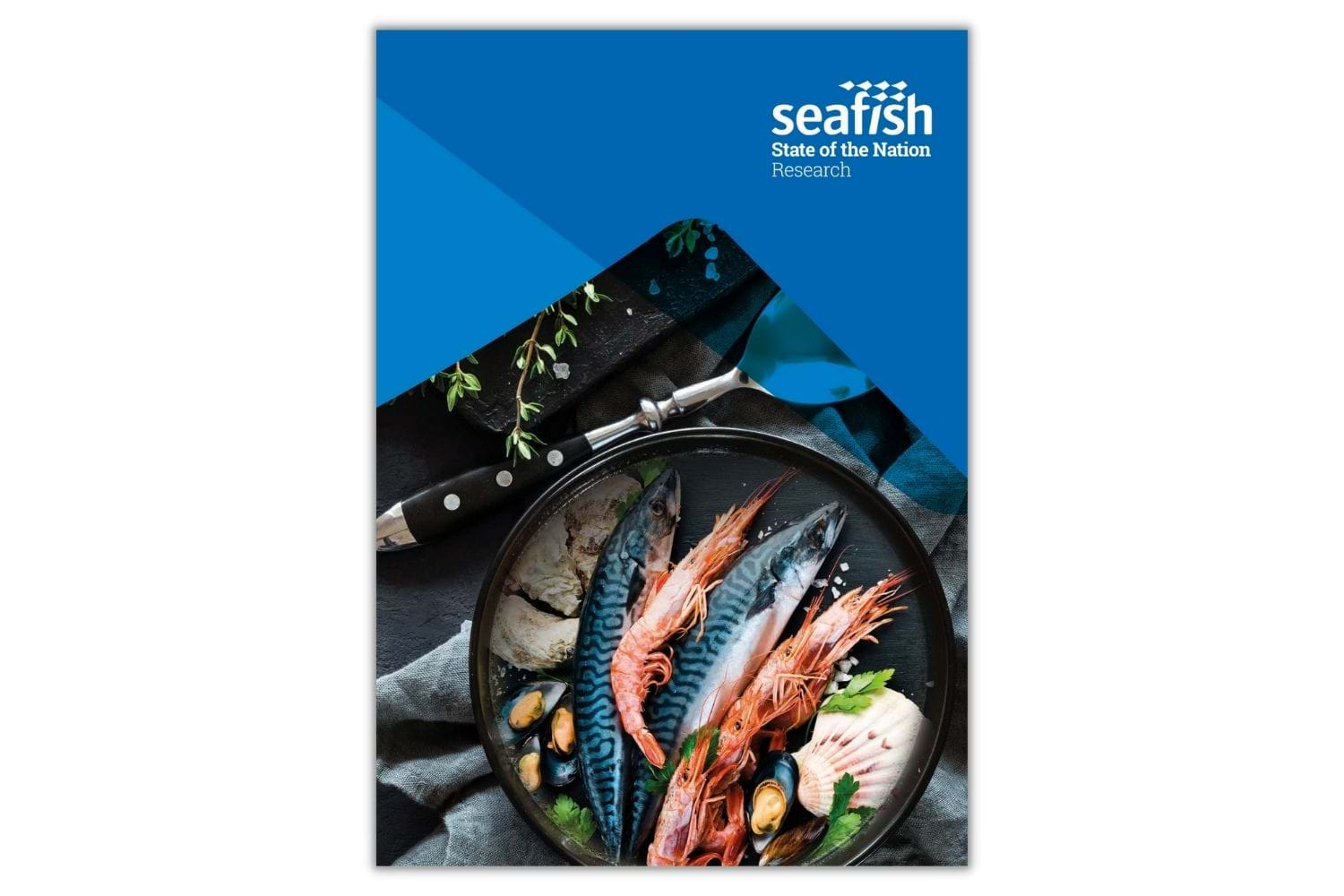What makes consumers tick when it comes to seafood?
Our vision is to support and nurture a seafood industry that’s truly thriving. In consumer marketing terms, this means increasing consumption across the UK; helping consumers to up their intake of fish and shellfish. Key to approaching this challenge is gaining a clearer understanding of consumers’ ever-changing attitudes and behaviours regarding seafood.

We commissioned our State of the Nation research to gather relevant information about consumer perceptions and use these insights to highlight opportunities where industry can focus work and efforts to help shift dwindling consumption figures. The research findings can be broadly categorised into four themes:
- Consumer shopping, cooking and eating habits, regarding seafood.
- Consumer approaches to diet overall.
- Awareness and perception of the health benefits of fish.
- Means of encouraging higher fish consumption.
Looking at consumer shopping, cooking and eating habits, we found, surprisingly, that consumption of seafood had increased by 12% in the last year. This is in stark contrast to other shopper data and food service reports. Reason being, we asked people if they thought they were eating more seafood. They believed, incorrectly, that they were – an interesting behavioural insight in its own right!
Taste, followed by health, are the main reasons people choose to eat seafood and oven baking is the most popular way to cook seafood. Consumers want really fresh fish from the prepacked chilled counter. Although this is mostly a planned buy, a third of consumers are open to impulse purchases, representing an opportunity for retailers. Consumers buying frozen fish want value for money; the vast majority of these purchases are made in supermarkets.
Moving to consumer approach to diet and associated trends, we discovered that 70% of seafood consumers think ‘sustainability is important’. Over a third of them believe it’s the retailers’ responsibility to source sustainable seafood but only 36% actively buy sustainable seafood.
In terms of awareness and perceptions of health benefits, the research tells us that two thirds of consumers don’t currently follow the government health guidelines to eat two portions of fish a week. Over half would like to eat more and the 55+ age group are the most likely to eat fish twice a week.
When looking at ways to encourage higher consumption, consumers are aware of the health qualities fish carries, but telling them more about benefits linked to a wider lifestyle approach would encourage over 70% of them to eat more. Labelling of white fish as a source of omega-3 has encouraged 22% of consumers to purchase.
Discount offers appear to be the greatest incentive for consumers, when it comes to purchase – with 49% wanting to see more money off deals. Marketing fish as ‘easy to prepare’ would also encourage them to buy.
There’s a lot to consider so we’ve pulled together a summary document and a video presentation which share the main facts and figures alongside practical suggestions for how industry can act on the findings. You can access the summary, presentation and full research report from our consumer research webpage:
The research has given the Seafish consumer marketing team an invaluable data and insights platform to cement and build a new strategy and brand, which we’ll be launching in the summer. We’re keen to take key learnings and ensure we do our bit to enhance attitudes and perceptions of seafood consumption across the customer journey.
Keep watching this space for more news about 2020 marketing activities at Seafish!